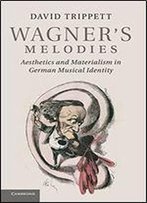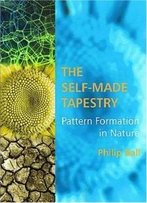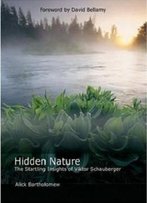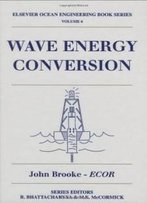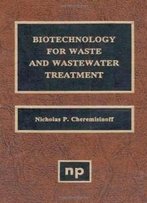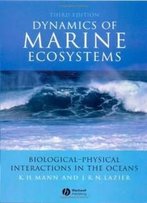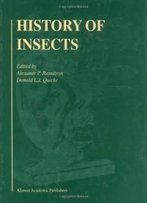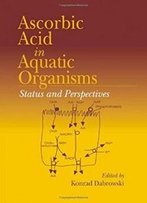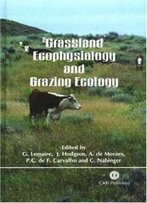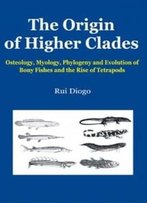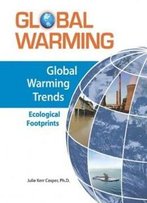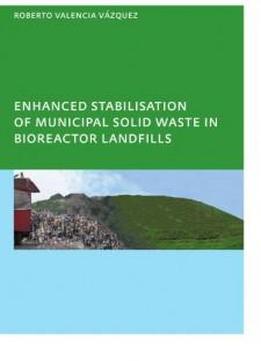
Enhanced Stabilisation Of Municipal Solid Waste In Bioreactor Landfills: Unesco-ihe Phd Thesis
by Roberto Valencia Vazquez /
2008 / English / PDF
3.6 MB Download
Municipal solid waste entombed in landfills will produce
pollution in the form of landfill gas and leachate when the
barriers fail in the long term. Bioreactor landfills are an
alternative solution to avoid such negative impacts and to
achieve a more stable residue, the so-called Final Storage
Quality (FSQ) of residues. However, until now the main technical
problem faced by landfill operators in bioreactor landfill
operation is homogenous liquid distribution within the waste
mass.
Municipal solid waste entombed in landfills will produce
pollution in the form of landfill gas and leachate when the
barriers fail in the long term. Bioreactor landfills are an
alternative solution to avoid such negative impacts and to
achieve a more stable residue, the so-called Final Storage
Quality (FSQ) of residues. However, until now the main technical
problem faced by landfill operators in bioreactor landfill
operation is homogenous liquid distribution within the waste
mass.
The main objective of this thesis was to achieve a FSQ status of
waste, through laboratory and pilot-scale experiments, that
complies with the Waste Acceptance Criteria (WAC) of the European
Landfill Directive for inert waste. This thesis focused on the
interaction and modification of the factors controlling the waste
stabilisation process in a bioreactor landfill. The results
revealed that within a year of operation biological stabilisation
can be achieved, but not FSQ status. However, residues were close
to comply with such stringent criteria. Buffer and septage
addition had a positive effect on the waste stabilisation process
by reducing biogas production lag-phase and risks associated with
pathogen contamination. Also the use of coarse materials had a
positive impact on the waste stabilisation process, especially as
homogenous mixtures. The presence of Anammox bacteria - shown for
the first time to be active in a bioreactor landfill - suggested
that it could have contributed substantially to the removal of
nitrogen, which has been identified as the main parameter to
jeopardise the achievement of FSQ status.
The main objective of this thesis was to achieve a FSQ status of
waste, through laboratory and pilot-scale experiments, that
complies with the Waste Acceptance Criteria (WAC) of the European
Landfill Directive for inert waste. This thesis focused on the
interaction and modification of the factors controlling the waste
stabilisation process in a bioreactor landfill. The results
revealed that within a year of operation biological stabilisation
can be achieved, but not FSQ status. However, residues were close
to comply with such stringent criteria. Buffer and septage
addition had a positive effect on the waste stabilisation process
by reducing biogas production lag-phase and risks associated with
pathogen contamination. Also the use of coarse materials had a
positive impact on the waste stabilisation process, especially as
homogenous mixtures. The presence of Anammox bacteria - shown for
the first time to be active in a bioreactor landfill - suggested
that it could have contributed substantially to the removal of
nitrogen, which has been identified as the main parameter to
jeopardise the achievement of FSQ status.
In conclusion, this research reduced our current
gaps-in-knowledge and offered feasible technical alternatives to
control and steer the processes occurring in a bioreactor
landfill aiming to achieve FSQ status of residues.
In conclusion, this research reduced our current
gaps-in-knowledge and offered feasible technical alternatives to
control and steer the processes occurring in a bioreactor
landfill aiming to achieve FSQ status of residues.
